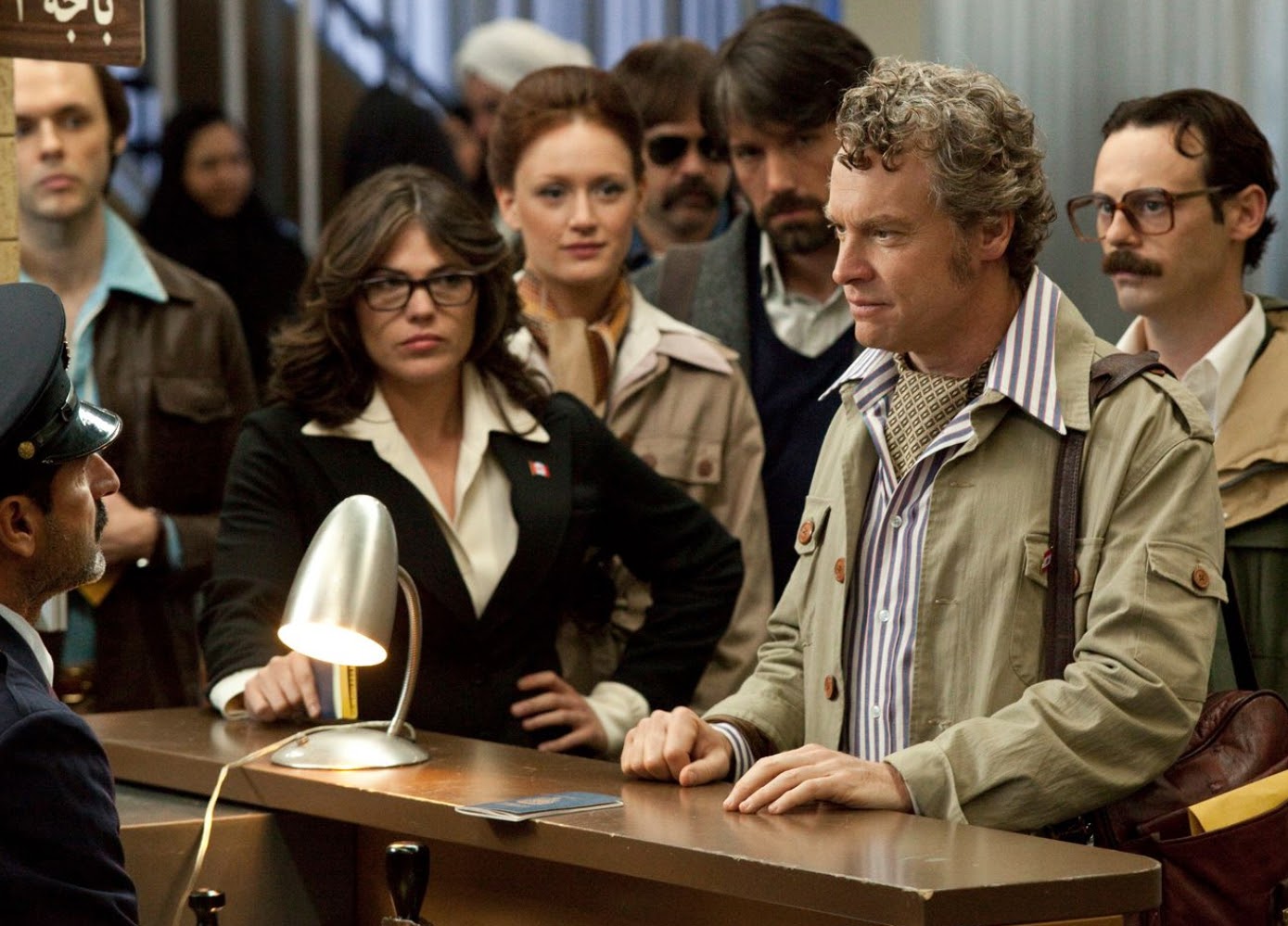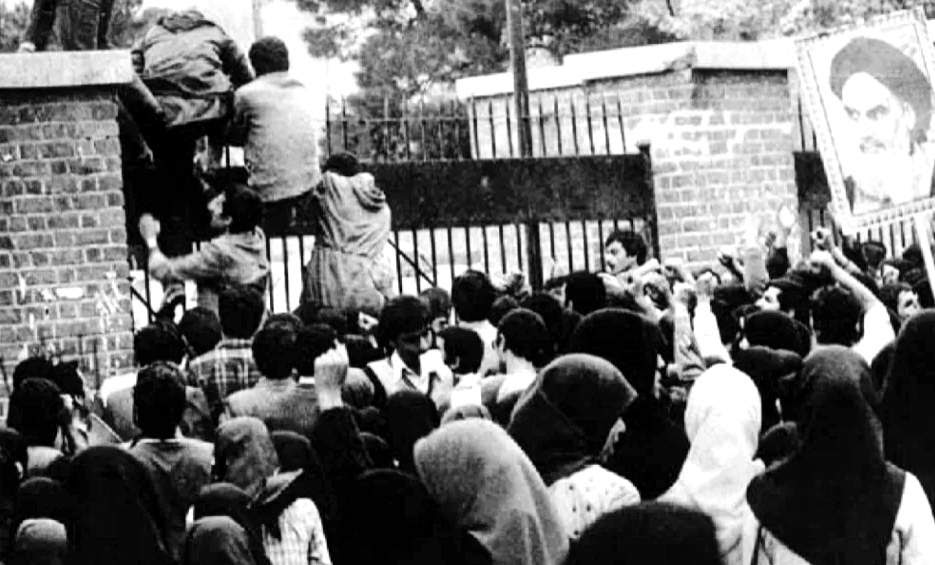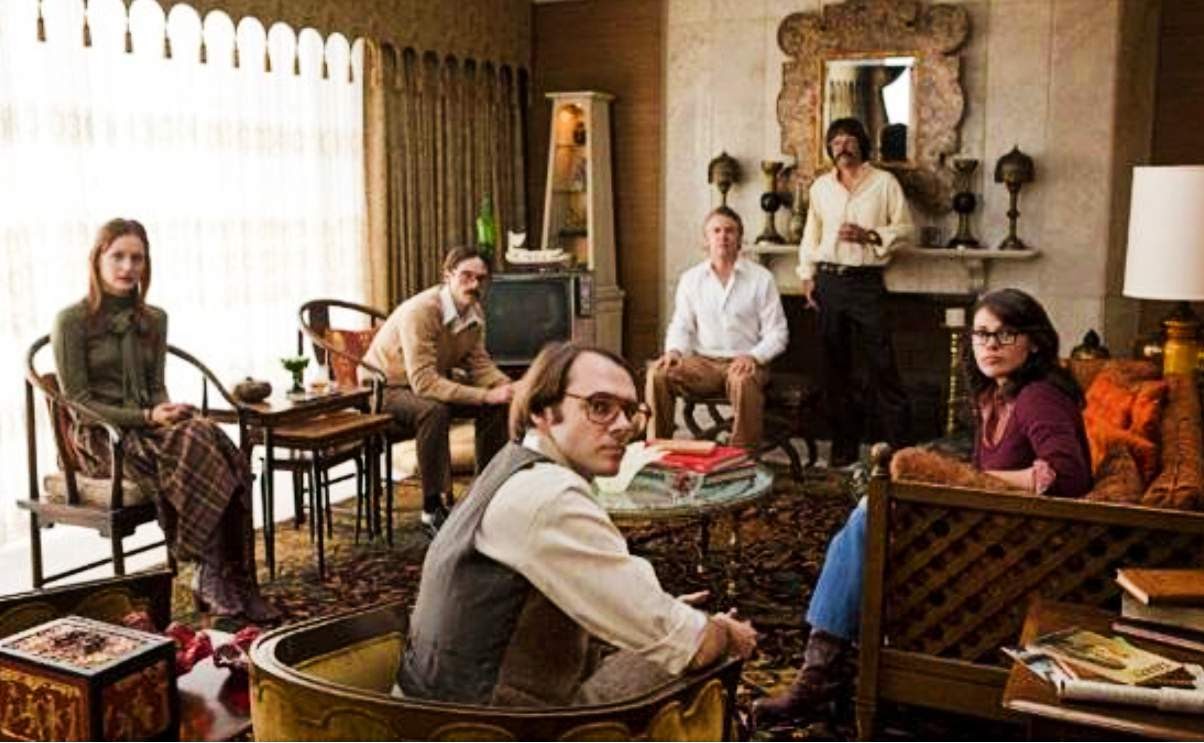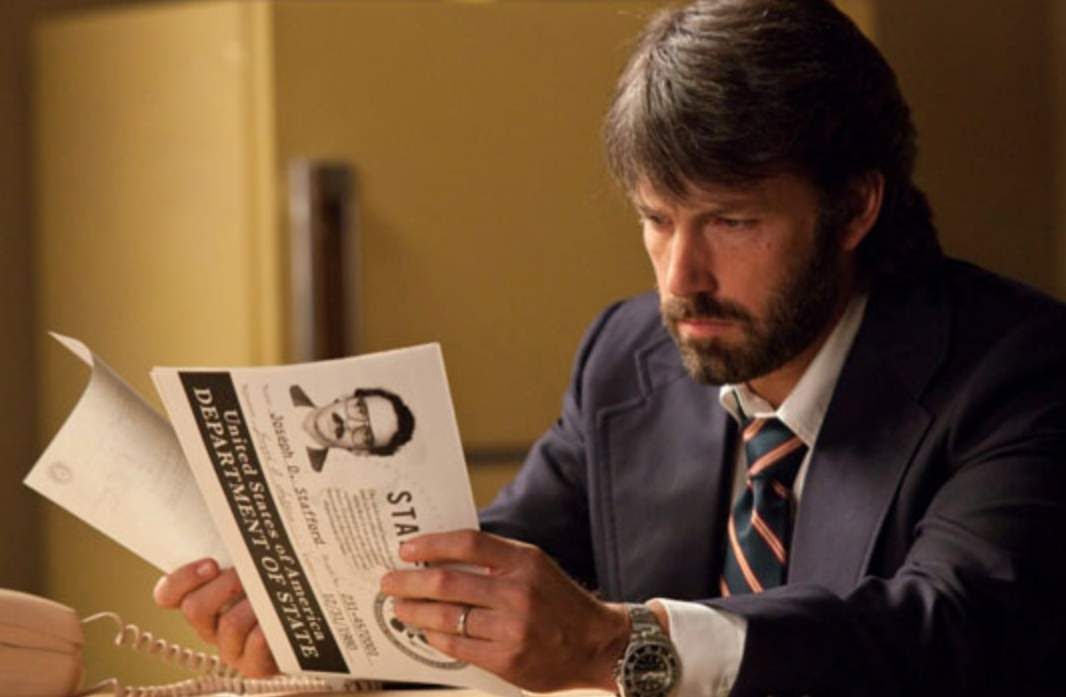Behind-the-Scenes: The CIA Rescue of Six ‘Argo’ Hostages in Iran
Listen to Cora and Mark Lijek's Story | The Argonauts
CIA master of disguise Tony Mendez and six US diplomats shared a secret signal while trying to escape during Tehran’s deadly revolution.
“If he was smiling, that meant all was well. If he was scratching his cheek, that meant we should turn around and go back to the bus,” said Cora Lijek, who’d moved to Iran in 1979 to work alongside her husband, a US State Department consular official.
The newlyweds were young and looking for adventure. They weren’t worried that a revolution was underway or that four US embassy staff were killed in February 1979. The danger was all part of the adrenalin rush.
“The Department said: ‘If you don’t want to go, you don’t have to go,’” Mark Lijek told SPYSCAPE’s True Spies podcast. The Lijeks went happily, not imagining they’d end up at the heart of one of the boldest espionage extractions in CIA history - a thrilling story told by Ben Affleck in the Oscar-winning movie Argo (2012).

Come the revolution
November 4, 1979 was the day revolutionaries stormed the US embassy in Tehran. Mark and Cora were in the consular building when two colleagues came in saying they'd been chased by a crowd on the compound. It was the start of a drama that would see 52 Americans held hostage for 444 days.
"The brand new social experience where you activate your gaming skills as you train like a spy."
- TimeOut
Take on thrilling, high-energy espionage challenges across different game zones.

While the Lijeks couldn’t see the chaos from the consular building - one of several offices on the large US compound - the consul-general decided to evacuate through a door that led to the street.
Mark and Cora fled with their boss, Bob Anders, and a second American couple. The group were conspicuous though. Where could they go? Who would give them shelter? Who were their friends?

On the run in Tehran
The Americans hid in an apartment but needed a larger, more secure accommodation. That’s when Mark’s boss, Bob Anders, called his counterpart at the Canadian Embassy who invited everyone around: “Why didn't you call sooner?”
The fugitives began to breathe more easily. Mark, Cora, and Bob stayed at the Canadian diplomat’s home, joined later by US attaché Lee Schatz. The other couple, Joe and Kathy Stafford, split off to live with the Canadian ambassador.
Slowly, they settled into a routine. “I read 57 books and we all became really good at Scrabble,” Mark recalled. The Tehran Six were in hiding for more than two months when two men in trenchcoats arrived - enter the CIA.


The fixer
One was an English-Farsi translator. The other was the legendary Tony Mendez, former head of the CIA Disguise Section and an ‘exfiltration expert’. He was the fixer, the man who specialized in getting Americans out of danger.
Tony explained that the CIA had already created a Los Angeles film production company, Studio 6, a nod to the six US ‘houseguests’. They rented premises in Hollywood, printed business cards, and dug up a convoluted sci-fi script for a movie called Argo. The plan was to disguise the six as a movie team scouting film locations in Tehran and fly them home.
Cora was impressed: “You could imagine a Hollywood crew doing that because they can go anywhere.”

Cora was the ‘screenwriter’. Mark was a ‘transportation coordinator’. They memorized ‘legends’ while Tony interrogated them: Name? Date of birth? Where were they born? Where did they study? Which university? What are they doing in Iran?
Ottawa issued six Canadian passports to distance the Tehran Six from the US embassy siege. Tony had the film team’s resumés in a portfolio - he called it ‘eyewash’ - and the group loaded up on ‘pocket litter’ including Maple Leaf pins and a key chain from Canadian beer company Molson.
The airport van arrived at 4 am on January 27, 1980. “I don’t remember exactly this drive, maybe 20 minutes, and it was dark and I don’t think we talked much,” Mark said.

Departure lounge nerves
Tony slept through his alarm but arrived - crucially - smiling, the signal that the US diplomats should head over to Customs with their newly minted Canadian passports. This wasn’t a moment for stage fright.
“Joe Stafford kept calling me ‘Cora’, which was unnerving since my passport didn't have that name on it,” Cora said. She and Mark moved away from the group to calm down.
And then, relief. Almost 80 days after taking refuge with the Canadians, the Tehran Six boarded a Swissair jet.
“We knew we were over Turkey as soon as the booze cart came down the aisle,” Mark said. It was time for Bloody Mary’s all around. Two US State Department officials greeted them in Zurich and Tony collected the Canadian passports. Job done. Almost.
Within hours, a French-Canadian journalist for La Presse broke the news, describing the Canadians “as skittery as barnyard cattle before an earthquake”.
Tony Mendez stayed in the shadows, however. None of the Americans even discussed the operation until 1997 when the CIA celebrated its 50th anniversary. The Agency persuaded Tony Mendez to blow his own cover and bask in the positive publicity.

Almost 20 years after the ordeal, Mark and Cora were finally free to tell their side of the story also.
The couple had moved on to other international postings but signed on as consultants for Argo, spending a few days with the actors who portrayed them on the Hollywood set - a real set this time.

The CIA presented Tony Mendez with an award - the Intelligence Star for Valour in 1980 - which he had to return immediately because the mission was still classified. Mendez was, however, able to attend the Washington, D.C. premiere of Argo, winner of the Academy Award for Best Picture in 2013.
SPYSCAPE+

Join now to get True Spies episodes early and ad-free every week, plus subscriber-only Debriefs and Q&As to bring you closer to your favorite spies and stories from the show. You’ll also get our exclusive series The Razumov Files and The Great James Bond Car Robbery!


Gadgets & Gifts
Explore a world of secrets together. Navigate through interactive exhibits and missions to discover your spy roles.
Your Spy Skills
We all have valuable spy skills - your mission is to discover yours. See if you have what it takes to be a secret agent, with our authentic spy skills evaluation* developed by a former Head of Training at British Intelligence. It's FREE so share & compare with friends now!
* Find more information about the scientific methods behind the evaluation here.


Stay Connected
Follow us for the latest
TIKTOK
INSTAGRAM
X
FACEBOOK
YOUTUBE